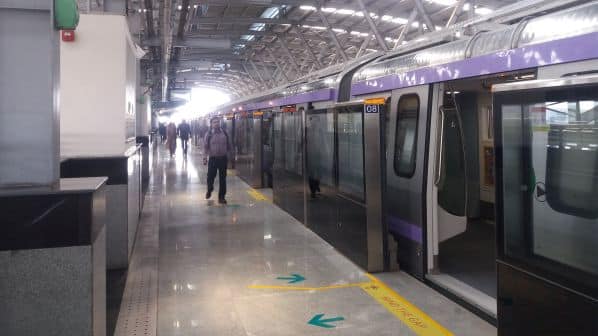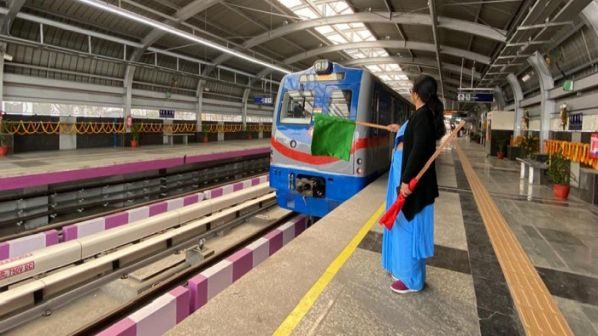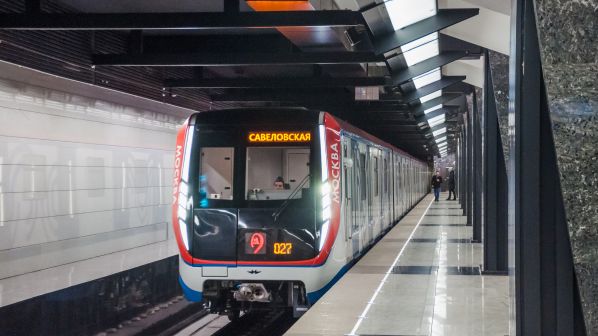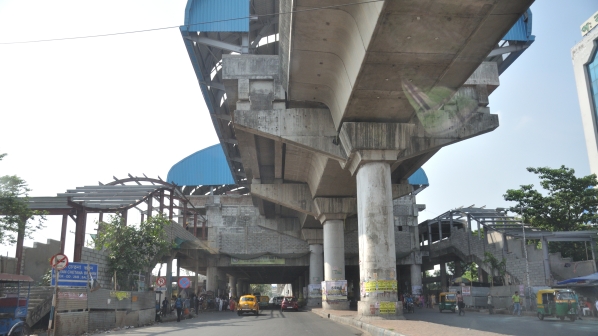INDIAN Railways (IR) has run a test train from Howrah Maidan to Esplanade through a 520m-long twin-bore tunnel 13m beneath the bed of the Hooghly River in Kolkata, the first underwater rail tunnel in India.
The line forms part of Kolkata’s Rs 104.4bn ($US 1.27bn), 16.55km East-West Corridor that will connect the city’s IT hub in Salt Lake City-V with the Howrah Maidan.
The 9.3km section from Salt Lake City V to Sealdah mainline station opened in stages between 2020 and 2022, while the 4.8km Esplanade - Howrah Maidan section is due to open in December.
These sections will be connected by the remaining 2.5km underground section from Esplanade to Sealdah, which is due for completion in June 2024.
The Esplanade - Howrah Maidan section has intermediate stations at Mahakaran and Howrah, and it will take 45 seconds to cross beneath the river.
Tunnelling beneath the river was challenging due to riverbed sediment that required the soil to be reinforced. Engineers also had to deal with the accompanying problem of working in restricted areas, as rapid urbanisation had hidden tributaries and creeks that flow into the Hooghly, Kolkata Metro Rail (KMRCL) officials said.
The project also suffered delays and cost overruns as alignments had to be changed twice due to political differences between the West Bengal and national governments and following protests from environmentalists and civil rights groups.
Drilling activity was stopped intermittently in crowded areas such as Bowbazar, while residents living in heritage buildings moved to hotels.
The underground station at Howrah and the ventilation shaft at Stand Road were some of the deepest construction sites in India. The Kolkata Metro is the country’s only metro system that is fully owned by the Indian government.
The completed East-West Corridor will have 12 stations, including six underground, and is expected to carry 500,000 passengers a day.
Six-car trains supplied by state-owned rolling stock manufacturer Bharat Earth Movers (BEML) with capacity for 2068 passengers each will operate at up to 80km/h on the 1435mm-gauge line. The line is equipped with CBTC, while a rolling stock maintenance depot has been built on a 15.7ha site in Salt Lake City.
For detailed data on metro projects in India and around the world, subscribe to IRJ Pro.




